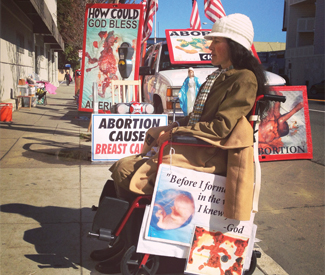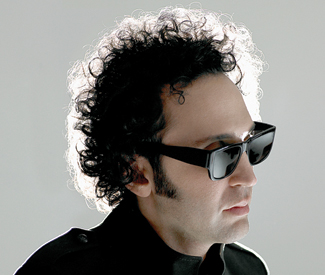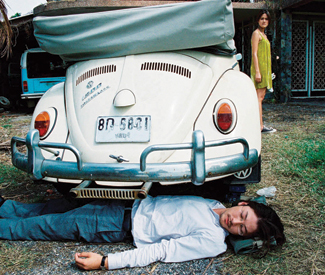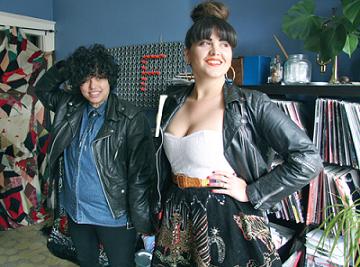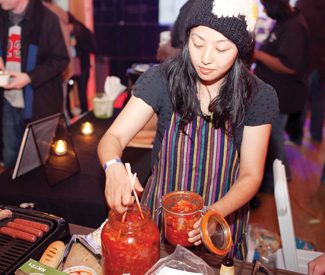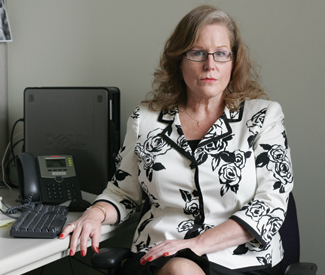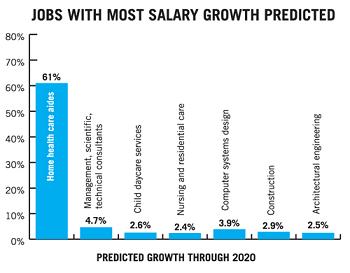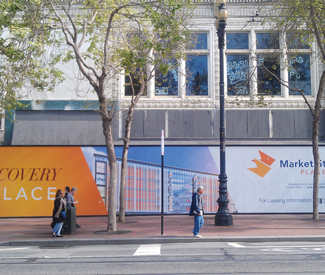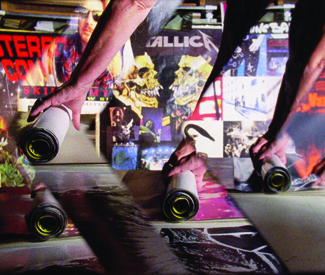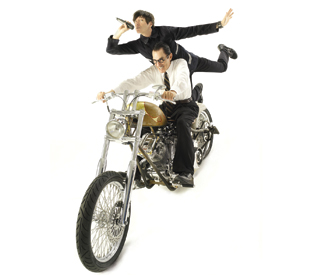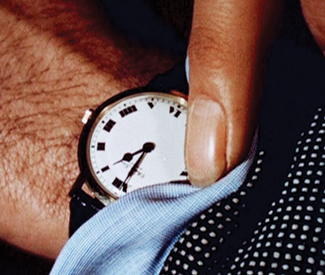I was standing in front of what looked like a semi-vacant office building. I re-checked my maps app — it looked like I had the correct address for the Planned Parenthood clinic. If only this woman would stop shouting about killing babies, maybe I could think.
“Don’t kill your baby! If it could talk it would say ‘Mommy, don’t judge me,'” I turned back to look at career abortion clinic protester Erika Hathaway, and was embarrassed to realize that her wheelchair was parked right in front of the clinic’s door. I had missed it entirely in my zeal to document her interaction with a typical visitor, and had walked right past the door in the chaos.

And I wasn’t even there for a reproductive health appointment. I shivered at the thought of dealing with her while concerned about the results of an HIV test or a weird bump on my labia, much less a tortured decision to end a pregnancy.
I brushed past Hathaway’s exhortations to “ask for the ultrasound!”, a command that echoed around the clinic’s small, otherwise calm waiting room as I closed the door. A young patient looked up with me with tired eyes, shaking her head at the activist’s audacity.
Up for a lecture on respecting life from a guy who has multiple restraining orders from medical clinics?
“I compare it to the offensive foul rule in basketball,” Adrienne Verrilli, director of Planned Parenthood communications, tells me moments later. “You have to have your feet already set to avoid getting the call.” Verrilli’s clinic has been dealing with these protesters for years.
The activists tout bloody posters of aborted babies and bump Christmas music year-round “to remind people that Christ was a baby once,” as Hathaway tells me. They’ve made patients cry, make staff who love their jobs at the clinic want to leave by the back entrance every day.
Recently, a protester actually entered the clinic and woke up a napping patient to tell her why abortion is murder. Only two percent of the visitors to Planned Parenthood come for an abortion.

Hathaway’s setup
Supervisor David Campos, who represents the Mission, has proposed an extension of the current eight-foot “bubble zone,” which Hathaway and her ilk circumvent by pre-stationing themselves in a wheelchair. With their “feet set,” they have no need to approach patients. Verrilli says her staff regularly see Hathaway leave the chair to walk up to Burger King for refreshments. Rumors fly that she has a “day job” as a dogwalker in Belmont, Calif.
Campos wants to extend the no-fly zone to 25 feet from the door and bar protesters from entering, period. I looked at the van that Hathaway’s uncle — a 20-year vet of abortion protesting who has had multiple restraining orders placed against him by the Bay Area abortion clinics he splits his time between — has plastered with violent imagery. It’s parked in the middle of the specially-designated loading zone in front of the clinic, shielded by the handicapped tags that Verrilli says all pro-life protesters seem to have. Given the obvious determination of the anti-choice activists, I hope that the proposed change will be enough to ameliorate their aggression towards vulnerable patients.
Verrilli showed me a letter dropped off at the clinic by a Bernal Heights neighborhood mom of a seven-year-old who was “visibly disturbed” by the protesters’ signs. Unwilling to let me leave on an entirely negative note, she told me about AB 154, a proposed state bill that would allow advanced nurse practitioners to perform first trimester abortions, making family planning services even more available. The fight for reproductive justice continues, despite dedicated opponents.

Her hope lingering in my ears, I braced myself to go back outside and hang with the protesters.
I asked Hathaway why she spends her days in front of reproductive health clinics. “The truth conquers all, as Shakespeare’s Hamlet said,” she said, conquering any adherence to literary fidelity. “Eventually, we will win.”
She told me that Steve Jobs was adopted. “What would the world have been like without him?”
So many babies are being aborted in the United States, she said, that there won’t be enough workers to fund Social Security when it comes time for she and I to retire. This underpopulation theory is a new one for me.
The truth will set you free, right? “Do you need that wheelchair to get around?” I asked her.
“I have arthritis,” she told me. “It’s not a wheelchair, it’s a transport chair.”
A young man wearing a baseball hat exited the clinic and Hathaway shouts, “the Virgin does not want you to abort that baby!” I think about the two percent chance that he’s there to support someone getting an abortion, and the million other reasons why he could have paid the clinic a visit that day.
“It’s her choice,” he replied, and continued on his way.
Planned Parenthood 1650 Valencia, SF. (415) 821-1282, www.plannedparenthood.org

